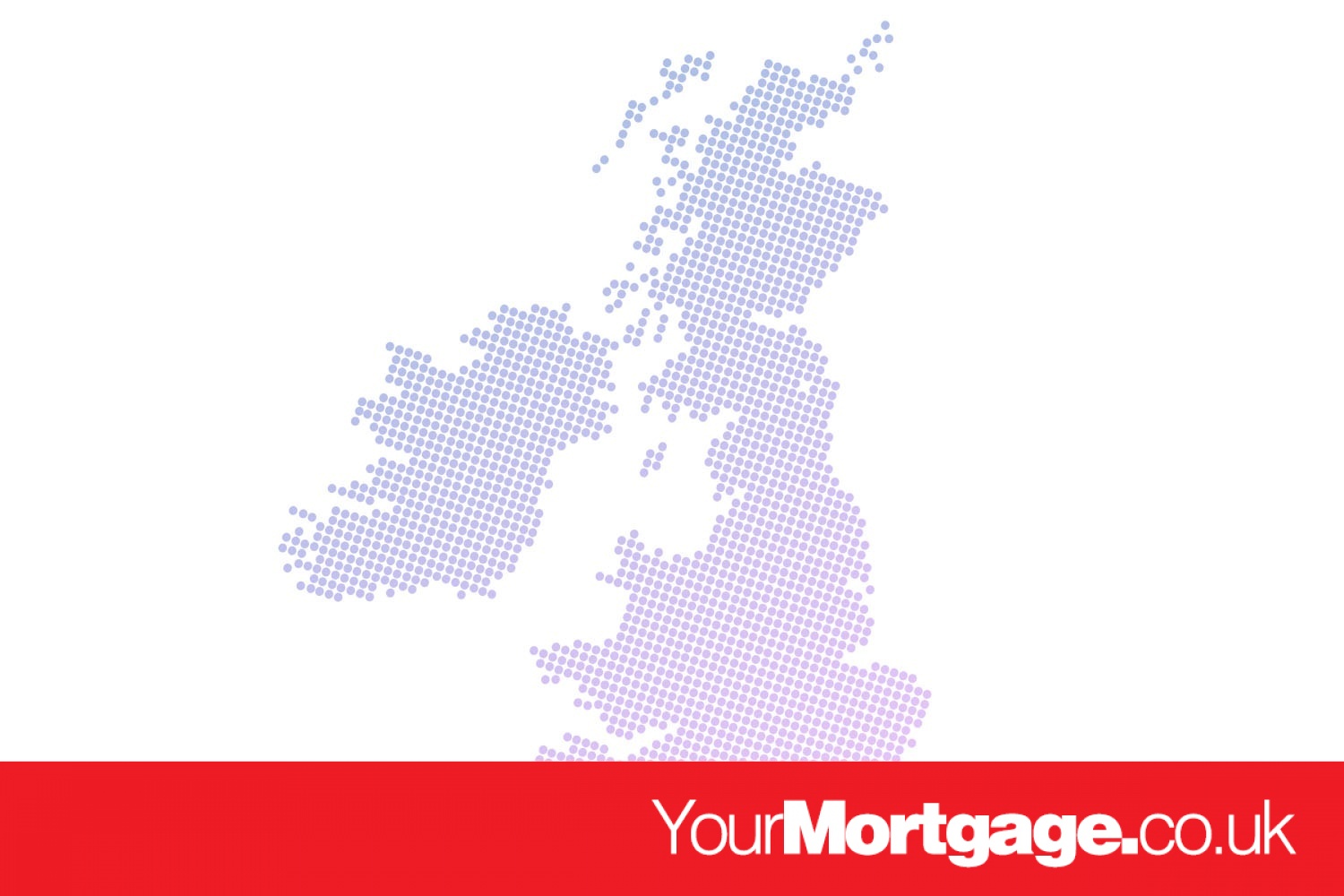News
The North West, Scotland and Wales drive house price inflation

Overall UK house prices are up, but some regions have seen falls in the last quarter
UK house prices rose by 2.2% on a quarterly basis during the second quarter of 2019, according to Halifax.
Compared to the same period a year earlier, prices were 5.4% higher – which is the strongest increase on this measure for two-and-a-half years.
The growth in prices in the second quarter of the year has taken the average UK property price to a record high of £239,708.
But not everywhere is experiencing this property price boost, with a wide difference noted between regional housing markets during the second quarter of 2019.
Winners and losers
House price trends were especially positive in the North West, Scotland and Wales, with prices up in each case by over 4% since the previous quarter.
By contrast, price changes were much more subdued in the South of England and, in some instances, even negative.
East Anglia saw prices fall by 1.2%, while prices were little changed in Greater London. In the South East, prices rose by +1.8% since the previous quarter, but were up only +1.1% on the year.
Elsewhere, prices declined in the East Midlands by 1.0% year-on-year, while the neighbouring West Midlands saw prices unmoved.
Paul Smith, economics director at IHS Markit, which produces Halifax’s House Price Index, said: “Although at the headline level, the house price index points to a pick-up in the market during the spring, the regional data provide signs of an emerging “North-South” divide.
“Prices are currently either falling or rising only very slowly in much of the south of England compared to stronger gains in areas such as the North West, Scotland and Wales.
“Moreover, recent trends in the monthly data suggest inflation has likely peaked and, based on the current prevailing UK macroeconomic environment, will slow in the second half of the year, especially as political and Brexit-related uncertainty ratchets up again in the autumn.”